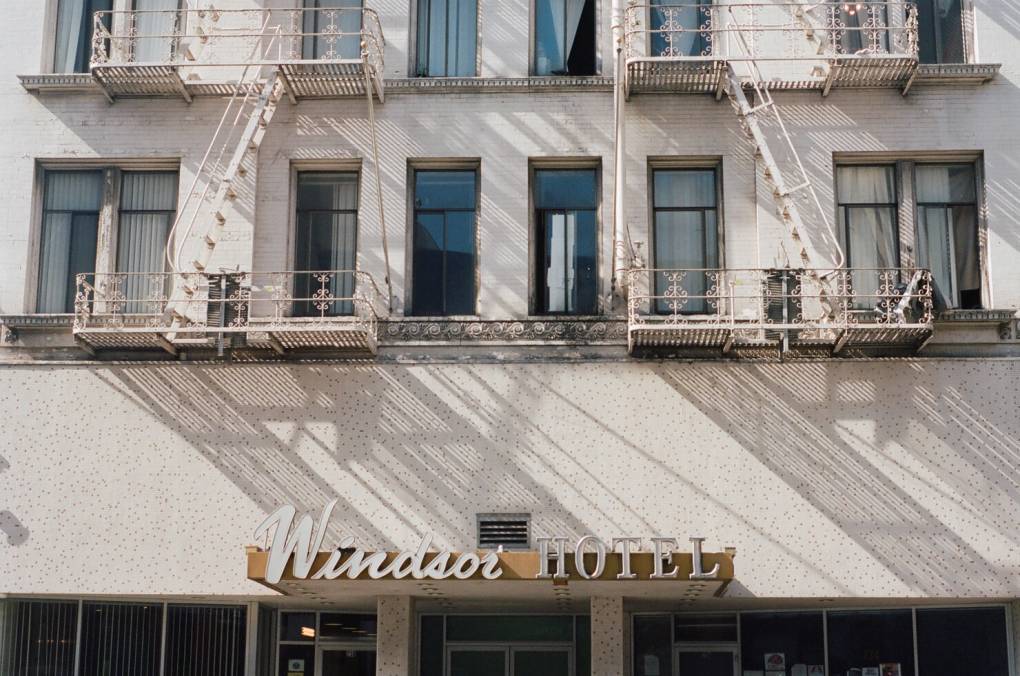This story first ran in 2018 and was republished February 2020. We’ve included an update at the bottom.
San Francisco’s Tenderloin neighborhood is bordered by some of the wealthiest neighborhoods in the city, yet, it has a bad reputation. Tourists are told to avoid the area. You can often see drug dealing out in the open and garbage on the streets.
“Growing up we always knew the Tenderloin’s kind of a more seedy place,” said this week’s question asker, Vy Nguyen, who we first spoke with in 2018. She’s lived in the Bay Area since she was a kid, but three years ago she moved to an apartment on the edge of the Tenderloin.
Since then, she’s gotten to know her new neighborhood. She loves the Vietnamese food, and she volunteers, serving the poor and homeless at St. Anthony’s. But she’s noticed one big thing: While the rest of San Francisco is getting fancier and more expensive, that isn’t really the case in the Tenderloin. There are a few new hip coffee shops and young people moving into the area, she said, but for the most part it hasn’t developed like the rest of the city. Nguyen wants to know why.
‘Why is the Tenderloin so resistant to gentrification when the rest of San Francisco isn’t?’
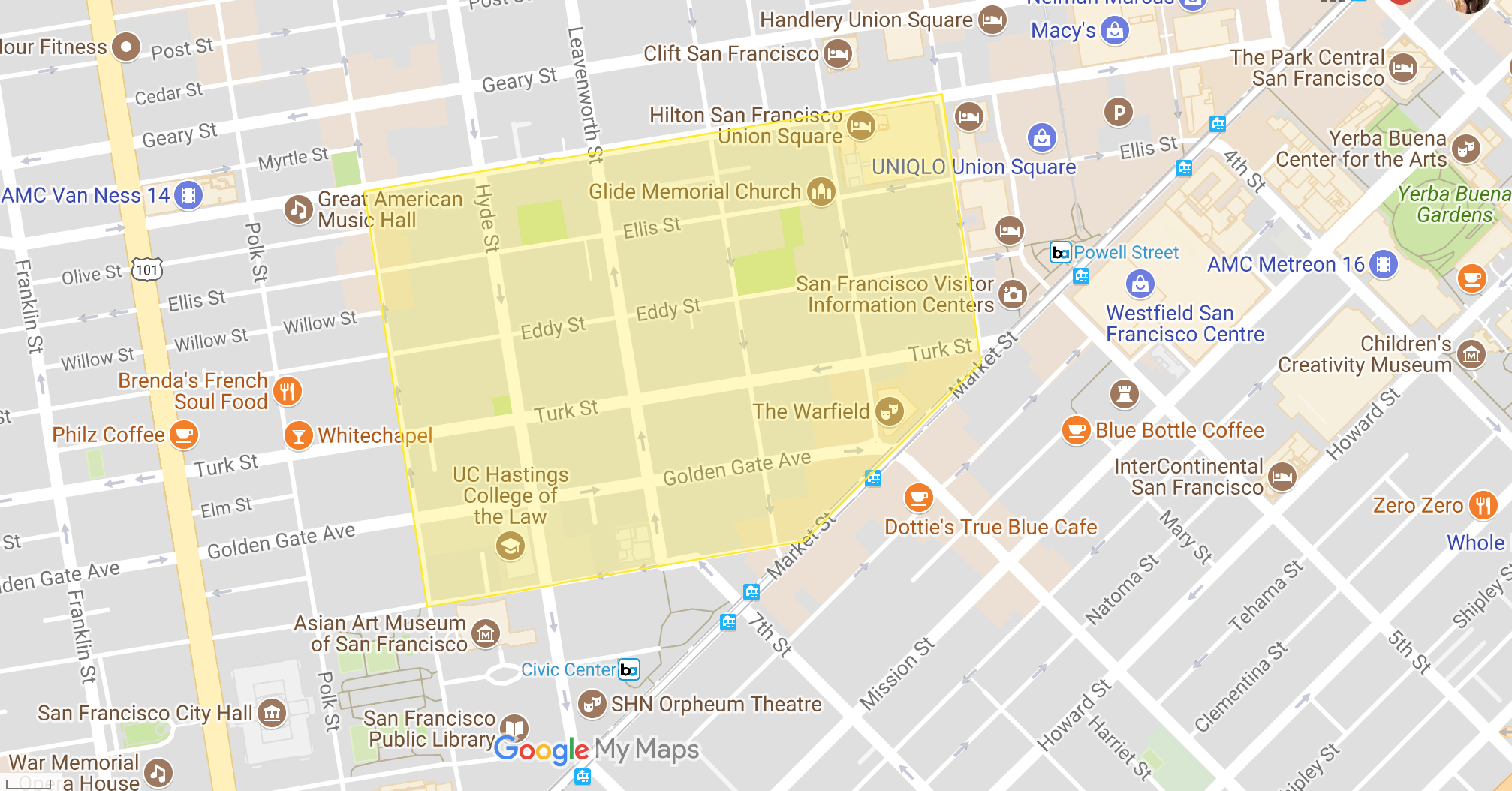
To answer the question, Nguyen and I took a tour of the Tenderloin with Pam Coates — a long-time resident who now leads Tenderloin Walking Tours.
While the borders of the Tenderloin are generally agreed upon, not everyone defines the neighborhood the same way. “It’s nebulous,” Coates said. “I mean the Hilton up there is in the Tenderloin, but it calls itself the Union Square Hilton.”
To understand the Tenderloin now, we first have to understand what it was like before.
How the Tenderloin of the past became the Tenderloin of today
When prospectors and immigrants came to San Francisco in the 1800s, they started to develop the Tenderloin and nearby Chinatown, because they were flat. “The rich guys went up the hill, like they do, you know,” Coates said.
The neighborhood quickly became known as an entertainment district — of both the legal and illegal kind.
During the Gold Rush, the Tenderloin was the spot to spend your money on a night out: at brothels, theaters, restaurants and hotels. After the earthquake in 1906, many of the modern hotels were rebuilt closer to Union Square, but for decades visitors still flocked to the Tenderloin’s speakeasies, jazz clubs, billiard halls and especially the gambling parlors.
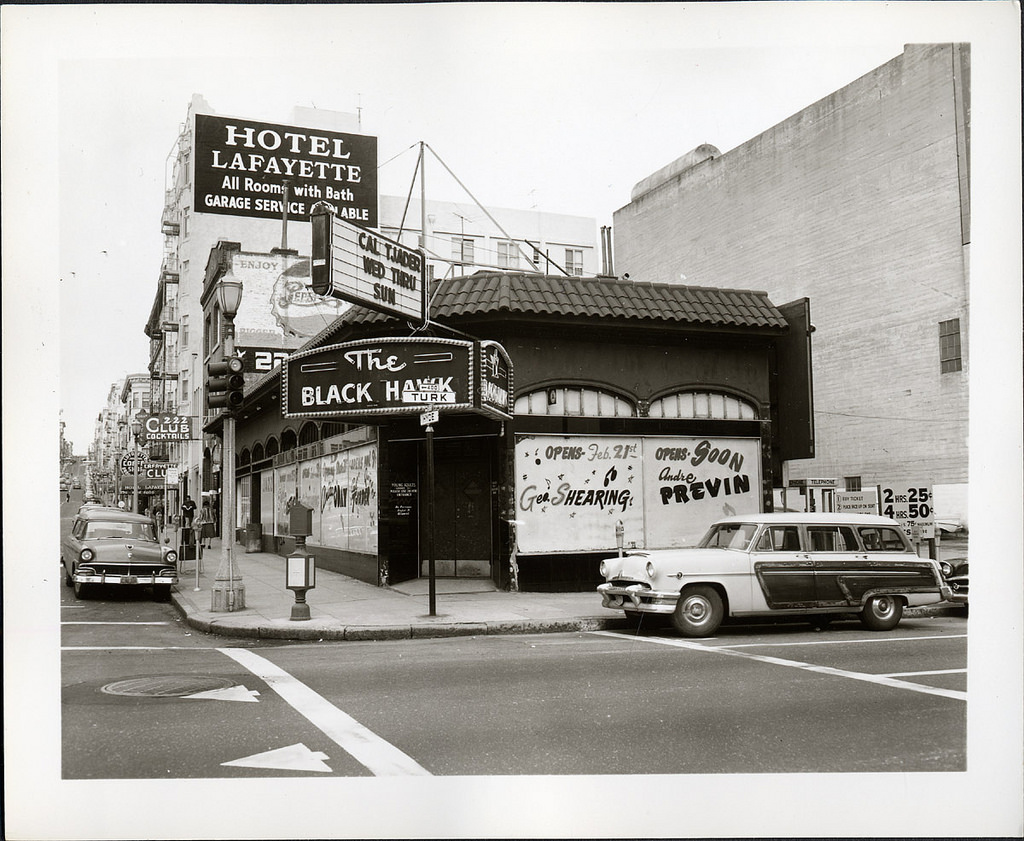
“The Tenderloin from 1907 into the ’50s, was one of the most prosperous San Francisco neighborhoods,” said Randy Shaw, who has worked in the neighborhood since founding the Tenderloin Housing Clinic in 1980. He also wrote “The Tenderloin: Sex, Crime, and Resistance in the Heart of San Francisco.”
“People came to the movie theaters in mid-Market, and then they ate dinner or went to the bars in the Tenderloin,” Shaw said.
But then, in the middle of the 20th century, the movie industry collapsed in San Francisco, gutting the mid-Market area. Famous recording studios closed. And in the late 1950s, the city started cracking down on the Tenderloin’s quasi-legal businesses.
“City Hall intentionally wrecked the Tenderloin. They eliminated our gambling operation, which they had to do. They changed our street configuration. They took away our cable cars,” Shaw said.
Without foot traffic or businesses, crime and drug dealing filled the void, and the Tenderloin became a pass-through neighborhood.
“Everything was geared to ‘how do we get people to Union Square, and we don’t care what happens between Union Square and the Civic Center,’ ” Shaw said.
A New Beginning
But many of the residents found a community in this ignored neighborhood. In the 1960s and ’70s, the Tenderloin was a haven for gay and lesbian San Franciscans. They supported each other and started to speak out to gain political recognition. The riot at Compton’s Cafeteria in 1966 started when a police officer attempted to arrest a drag queen — predating the Stonewall riots in Manhattan in 1969.
Many people who couldn’t find a home elsewhere found affordable housing in the Tenderloin’s old hotels that had long ago been repurposed.
“People started renting them out to low-income people, or people who needed a week’s rent, so they became sort of low-income housing,” Coates said.
For nine years, Coates lived in an SRO — a single-room occupancy residential hotel.
“It’s a room, usually with a shared bathroom, and little washbasin in it, and that’s it. No cooking facilities. You have to sort of make your own,” she said.
Today, these SROs define the neighborhood. They might not be the nicest places and can sometimes have health and safety risks, but they often offer a second chance for recovering addicts, domestic abuse survivors and people getting off the streets — people like Coates.
“I was on the street for 10 months. I’m a domestic violence survivor, but I had a good worker at the general assistance office, and I was a good worker. I got into the Tenderloin SRO, the Tenderloin Housing Clinic,” she said. “So that’s how I found peace. This neighborhood offers that. It’s new beginnings.”
That “new beginning” was what residents found themselves wanting to save — even if it had its problems. Tenderloin residents saw how redevelopment changed the Western Addition and Yerba Buena neighborhoods in the 1960s and ’70s and worried they would be next.
By the 1980s, they started to organize.
“The Tenderloin is really a model for how communities across the country can stop gentrification,” Shaw said.
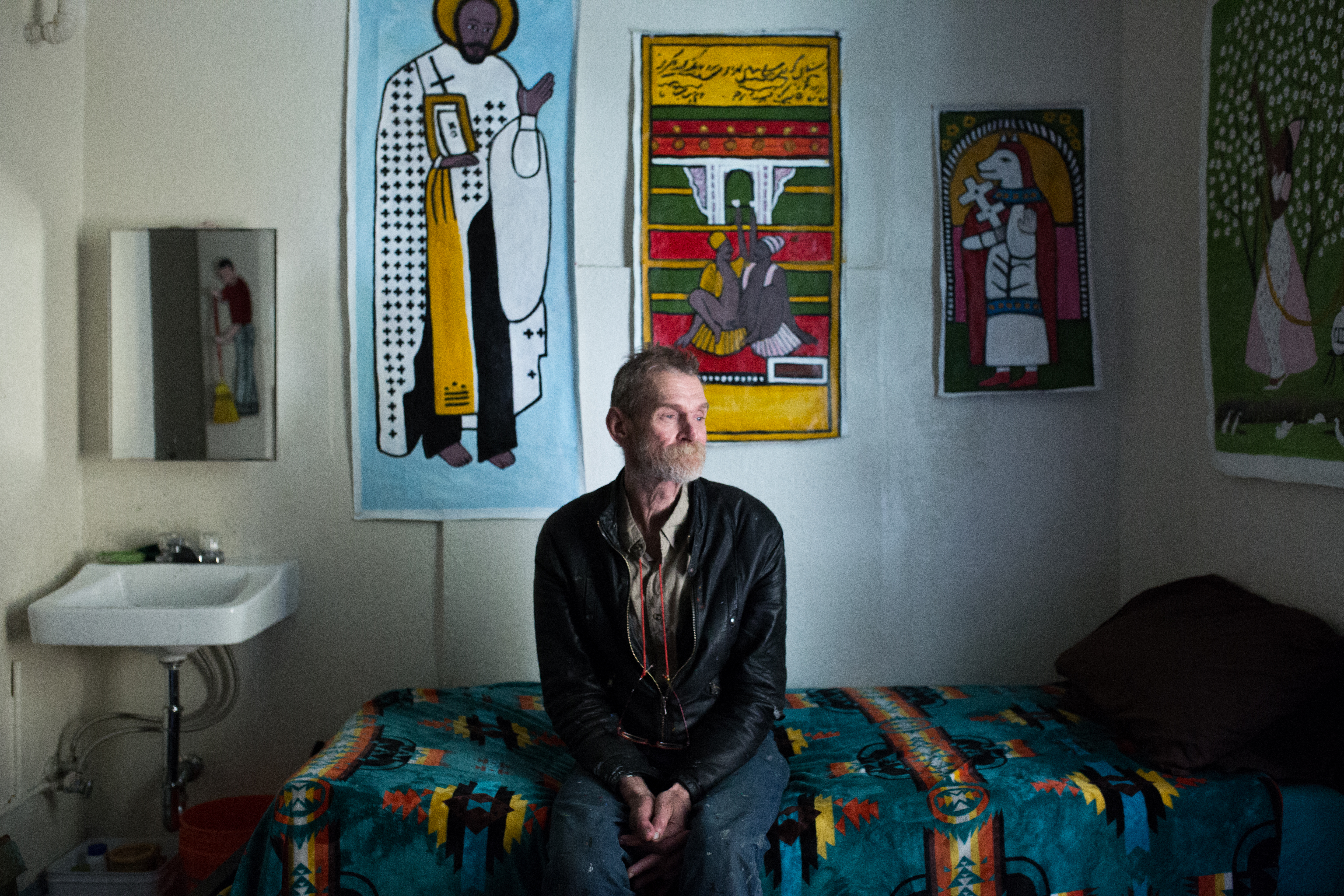
What We Talk About When We Talk About Gentrification
What do we mean by “gentrification?”
While the word means a lot of things to a lot of people, for our purposes here, we’re focusing on the cost of housing and the residents’ ability to stay in their homes.
And in terms of housing, the Tenderloin is relatively affordable. According to the rental website Zumper, the median one-bedroom in the Tenderloin cost $2,345 to rent this past winter. The median price for the city overall was significantly more: $3,390.
A rent-controlled SRO can cost as little as $200 to 300 per month. (Though that would be a find.)
One-bedroom apartments, studios and SROs make up a large portion of the housing stock in the neighborhood. According to Shaw, there simply aren’t many single-family homes and fancier townhouses that would attract “the gentry.”
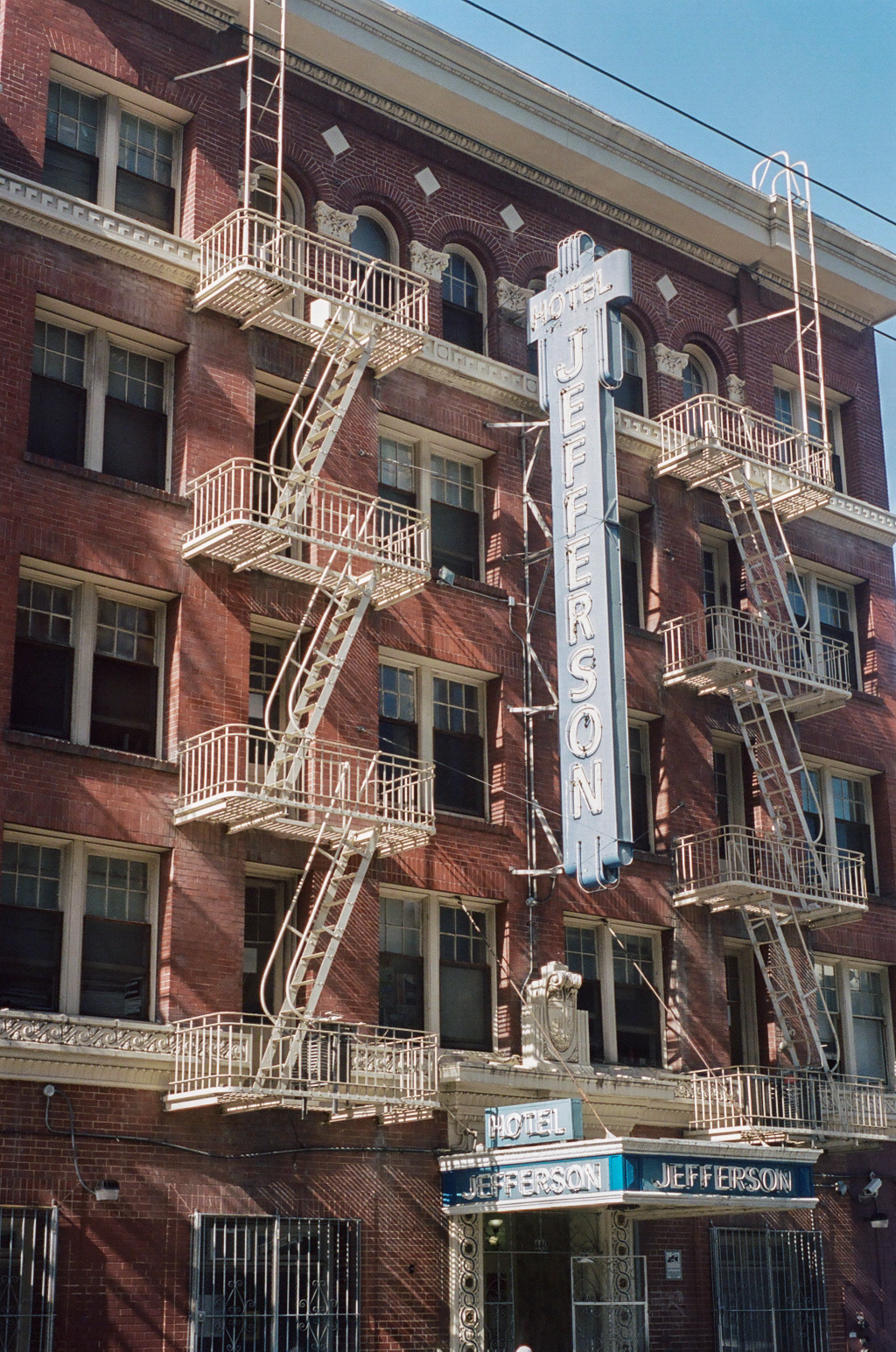
The Policies That Got Us Here
There are actually specific policy reasons the Tenderloin has remained relatively affordable and hasn’t gentrified to the same degree as the rest of the city.
Nonprofit land acquisition
“There was an aggressive nonprofit acquisition of land when land was still cheap,” Shaw said.
Today, nonprofits have held onto much of that property, and many of them run affordable housing programs — preserving that land at below-market rates.
Zoning policies to prevent high-rise building
Back when the Tenderloin residents organized in the early 1980s, one of the things they focused on was preventing luxury condos from coming in.
“In 1985, we rezoned the neighborhood to prevent any building over 13 stories, so someone could not pick up a piece of land and build a 35-story luxury condominium in the Tenderloin because the zoning prohibits it,” Shaw said. Non-residential uses above the second floor are also specifically regulated.
These limits make it unappealing for developers who have to weigh the costs of building with the potential for profit. While higher density could also lead to more affordable housing, residents considered the risk of luxury development to be more likely.
Protections for those SROs
The city also made it very hard to get rid of SROs and their tenants. The Tenderloin and nearby Chinatown have the most SROs of all the neighborhoods in San Francisco.
“So we now have all of this housing stock, which again is protected for low income,” Shaw said. “The gentry don’t want to move into a room without a kitchen or private bath, so SROs are pretty immune to gentrification.”
Historic protections
Much of the neighborhood is a historic district, and many of the buildings are protected. Many also predate the passage of the city’s rent-control ordinance, which comes with a number of its own protections.
“Their goal was to protect the neighborhood from the speculative real estate market,” said Jeff Buckley, the mayor’s senior adviser on housing policy. All of those policies add up and have made 25 to 29 percent of the housing units in the Tenderloin permanently affordable, he said.
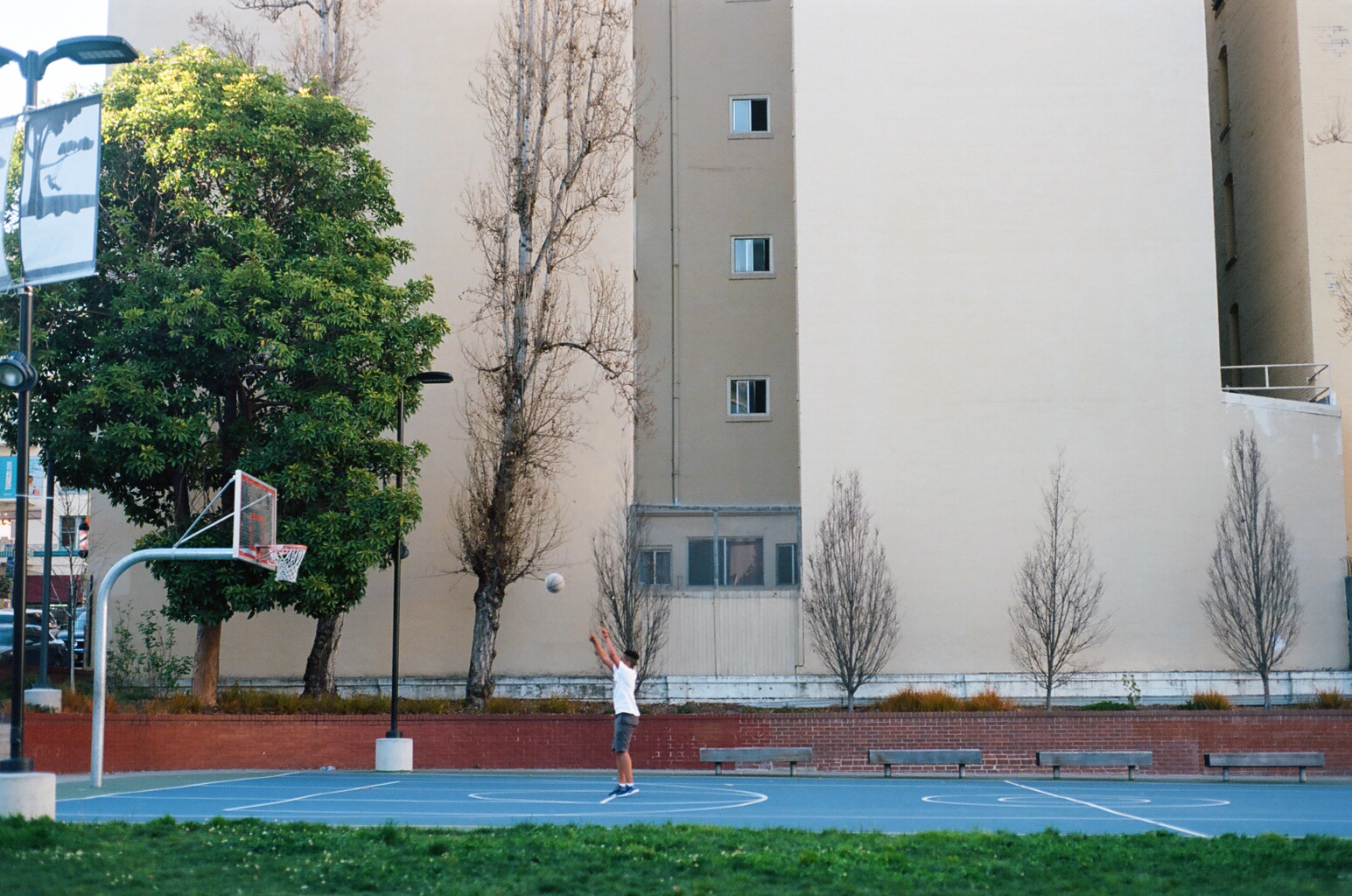
Did It Work?
For the most part, there haven’t been as many people forced out of their homes compared to other parts of the city.
“We have seen, whether it’s the Ellis Act or the owner move-in or the no-fault evictions that have occurred at fairly high rates throughout San Francisco in the last 20 years, they have not happened in Tenderloin,” Buckley said.
Still, the Tenderloin has some long-standing problems. Last year, the Tenderloin had more violent crime than almost any other neighborhood in San Francisco — though it is dropping. And drug dealing is still common, especially on certain street corners. We certainly saw some while out in the neighborhood. In fact, when I was walking to meet Shaw, someone tried to sell me morphine.
Many of the residents are understandably unhappy about these issues and have been working to fix up their neighborhood, with a community benefit district and community programs.
“The first thing the business owners in the neighborhood wanted was clean streets, so they established a program called Clean City,” Coates said.
Coates’ historical walking tours are also part of the effort to show people what they’re missing in the Tenderloin. She’s seen signs of change: new murals, parks, clubs and bars — where, if you’re lucky, you might see her sing.
“For me that’s great, because I perform at PianoFight. I perform at the museum and the jazz club and various other places around here,” she said. And she argues that once people come in, they come back again.
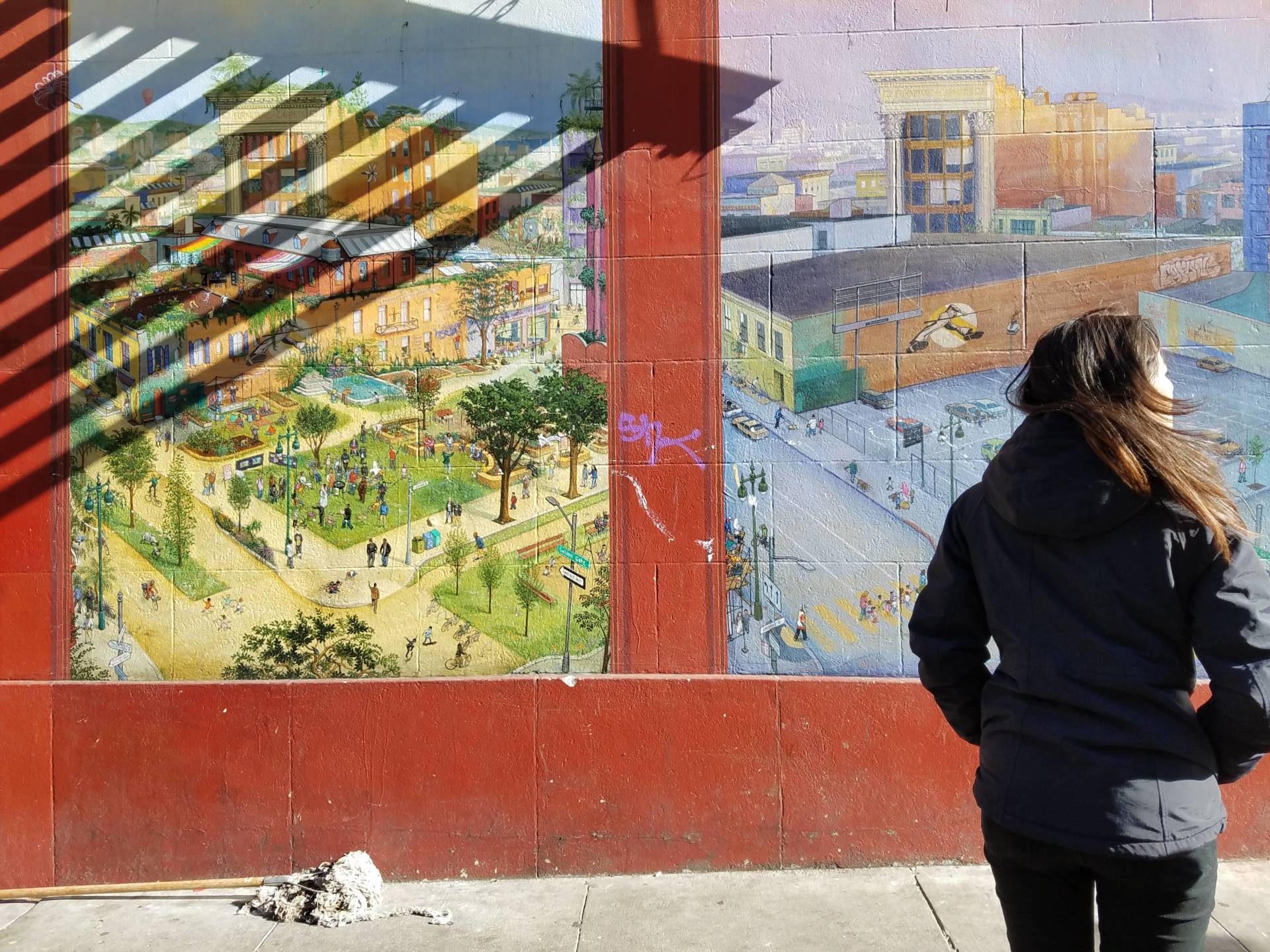
The city is working on improvement projects, too.
“We’ve attracted over 40 new businesses to the neighborhood, 15 arts organizations, 10 existing arts organizations being stabilized,” said Joaquin Torres, deputy director at the city’s Office of Economic and Workforce Development.
The city’s installing a bunch of new street lights, and Boeddeker Park, the neighborhood’s main park, was remodeled. There’s a new history museum and after-school programs. Three major housing projects are coming in on Market Street in the next few years. Fancier restaurants are opening too, like the Black Cat Jazz Club.
Of course, that all starts to sound like gentrification. Can the neighborhood get nicer parks, new businesses and more housing, without pricing out existing residents?
“Absolutely. I mean that’s the vision that we’re implementing right now. It’s an opportunity to have a truly mixed and diverse neighborhood,” Torres said.
Shaw hears people say it’s not possible to get rid of crime and keep the neighborhood affordable.
“I’ve had people say to me, ‘Well, the drug dealing keeps gentrification away.’ That should be the price of it,” he said. But Shaw disagrees. He doesn’t think the 31,000 residents who live there should have to pay that price.
February 2020 Update
Since this story first ran in 2018, several of the projects that were mentioned faced setbacks or delays, leaving buildings unoccupied for longer than expected. Shaw thinks having these vacant buildings lead to more crime.
“I would say that if you interviewed random people in the Tenderloin, 99 percent would say the Tenderloin got worse in 2019,” says Shaw. “I think there’s pretty much a consensus. 2019 was the roughest year the Tenderloin has experienced for some time now.”
However some of those projects are expected to open this year. The City Department of Homelessness started moving into a formerly vacant building last month. Hastings Law Schools opens a spot in the TL this spring. A few non-profits and restaurants are now opening. And a housing project is set to open on Market Street.
Still, some residents fear new beginnings in the Tenderloin could ultimately displace long-time residents.
So we end this Bay Curious answer with another question: Can the TL get nicer parks, new developments and safer streets without forcing out current residents? Time will tell.
This story first ran in 2018.
